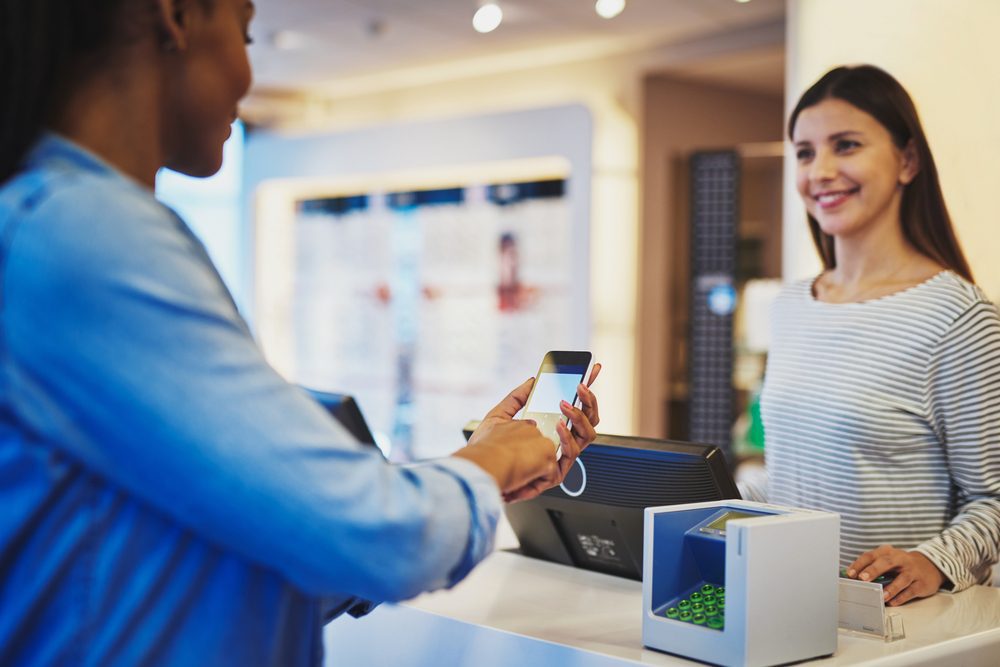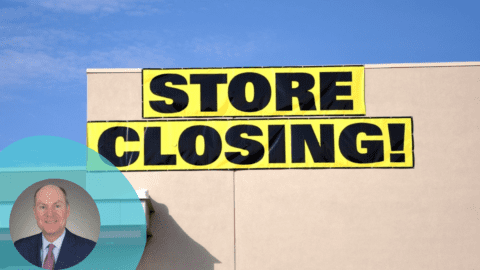Measuring the bottom-line effects of customer service has traditionally been difficult, but a new study quantifies its impact: 73% of consumers say that good customer service encourages them to spend more money than they had originally planned, according to a study by the International Council of Shopping Centers (ICSC). Nor is this just a function of basket size: 57% of respondents said they would pay more for a particular item or service if they knew they would receive strong service during the shopping journey.
The effects of a good experience stretch beyond a single transaction, and 90% of shoppers say they are vocal about their experience with a given retailer. A positive experience can make for powerful outreach, as 73% of consumers will recommend a retailer to peers after a good customer service experience.
However, unlocking this positive potential means retailers need to be at the top of their game: 50% of shoppers say their expectations are considerably higher now than they were three years ago. The most important aspects of in-store customer service are:
- Friendly and/or knowledgeable employees (62%);
- Ability to easily find items (59%); and
- Speed and ease of checkout (59%).
“We’ve known that the expectations for customer service have been increasing over the last few years,” said Stephanie Cegielski, VP of Public Relations at ICSC in an interview with Retail TouchPoints. “A lot of that has to do, I think, with Millennials. They’re very experiential, and they want that human interaction because we live in a digital world. Offering that interaction is very important.”
Tailor Customer Service To Each Store’s Customer Base
There is no single “trick” to providing a memorable experience. Additionally, retailers need to consider not just their overall audience and brand promise, but also the location and customer base of each store. For instance, when catering to urban shoppers, good customer service is likely to consist of maximizing the number of tasks these busy customers can complete in one trip.
“I think in urban areas what you’re seeing is that people want to live, work and play in a very centralized location,” said Cegielski. “They don’t have much time and want to be able to get things done quickly, so being able to have all these services in one place makes it much more convenient for their busy schedules.”
An e-Commerce web site also is a store with its own “location,” meaning it carries its own customer service expectations. Online, consumers’ top concerns include:
- Speed of delivery services offered (55%);
- Ability to easily find items (49%); and
- Flexibility of return/exchange policy (45%).
Even Negative Experiences Can Be Salvaged
The flip side of positive customer service’s ripple effect is, of course, that a negative experience can cause serious harm to a retailer’s reputation: 50% of consumers say they are more likely to leave a review after a poor shopping trip. Commonly cited negatives for physical stores include long checkout lines, being unable to find associates and “pushy” salespeople, while shipping fees, receiving the wrong item and complicated return processes frustrate online consumers the most.
However, a poor shopping experience isn’t the end of the story: 72% of shoppers say retailers can still do something to correct the situation. A response as simple as an apology can go a long way, and a retailer that is prepared to respond both in-store and online can minimize the fallout from the occasional bad experience.
“A lot of people, especially Millennials, will take to social media, so having a great social media strategy to respond and really engage with consumers can very quickly turn around a situation and bring the customer back into your favor,” said Cegielski. “The same thing can happen in the store for customer complaints, or times when it’s very obvious that something transpired — a manager can easily step in and help rectify the problem.”
Plans for both encouraging positive experiences and dealing with negative ones should come from the same foundation: a deep understanding of the customer. Knowing the particular audience, the area they are shopping in and the level of interaction they’re expecting all need to come together to enable great experiences and minimize frustration.
“It’s a business strategy that varies from retailer to retailer,” said Cegielski. “Someone like Hollister is going to look at their customers differently than someone like Neiman Marcus. A lot of it is looking at the data, the demographics of who shops there and what they might be doing. It’s easy to get all that data, so it’s all about understanding and acting upon it.”













